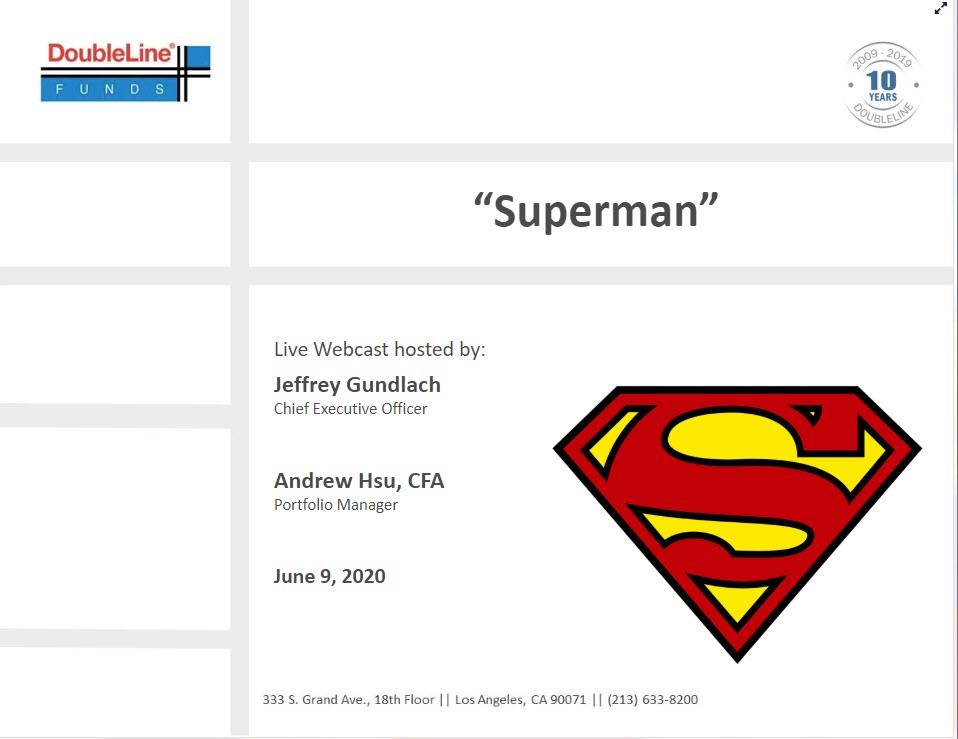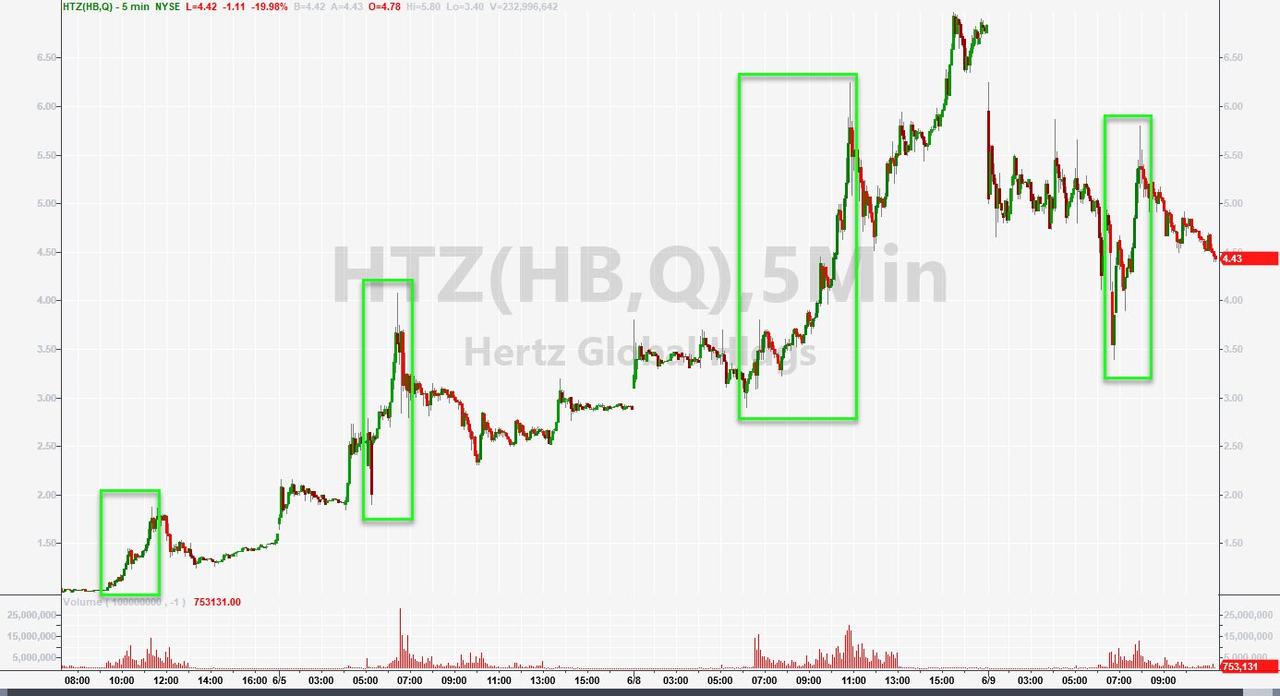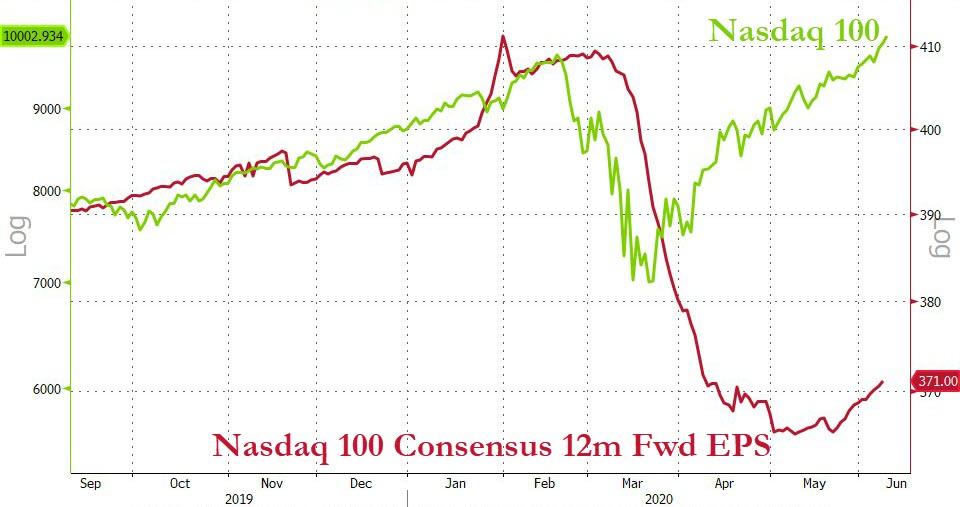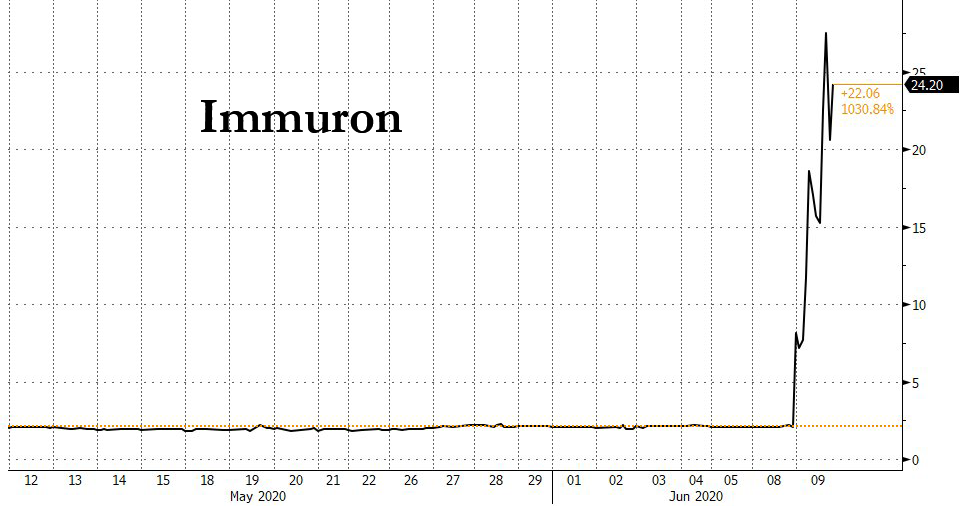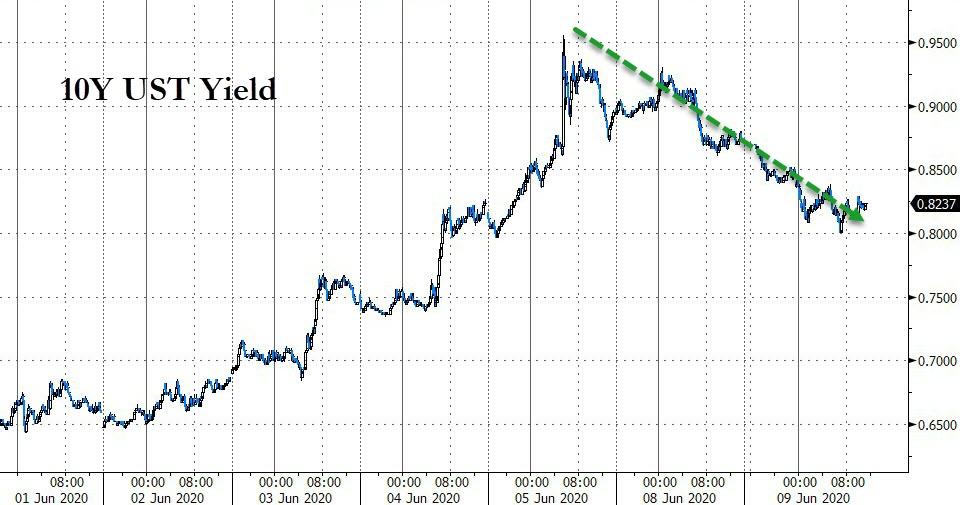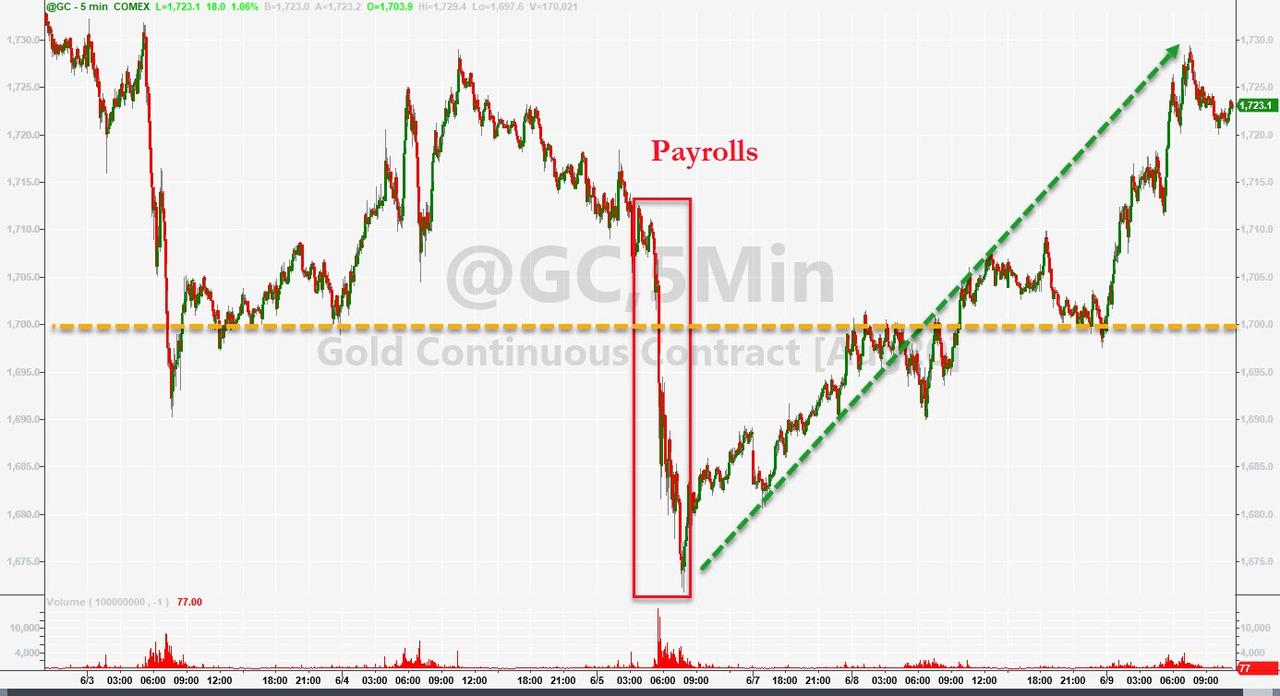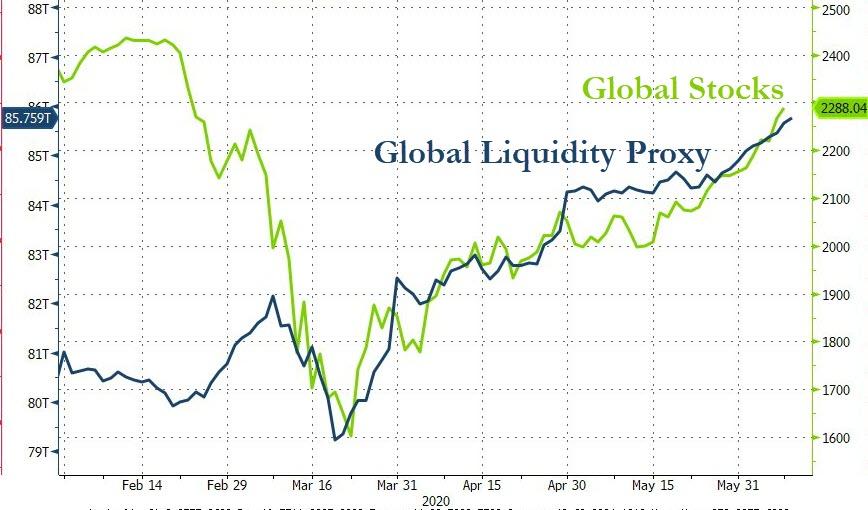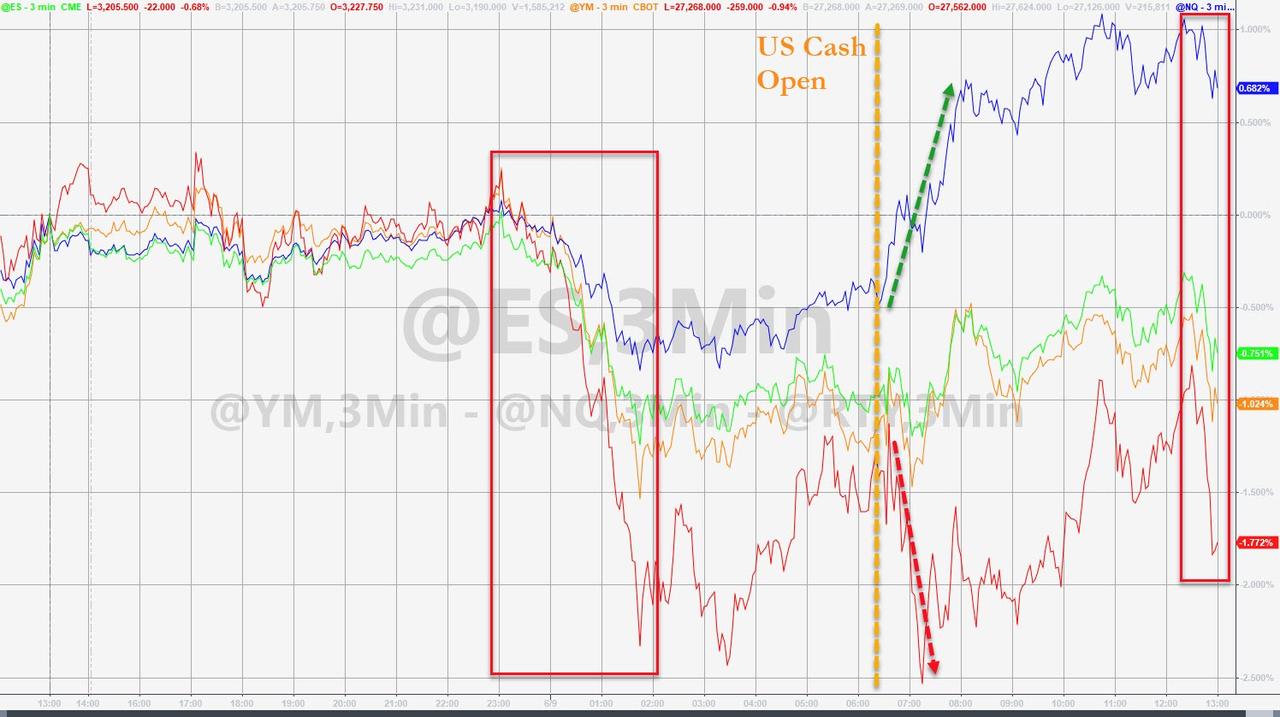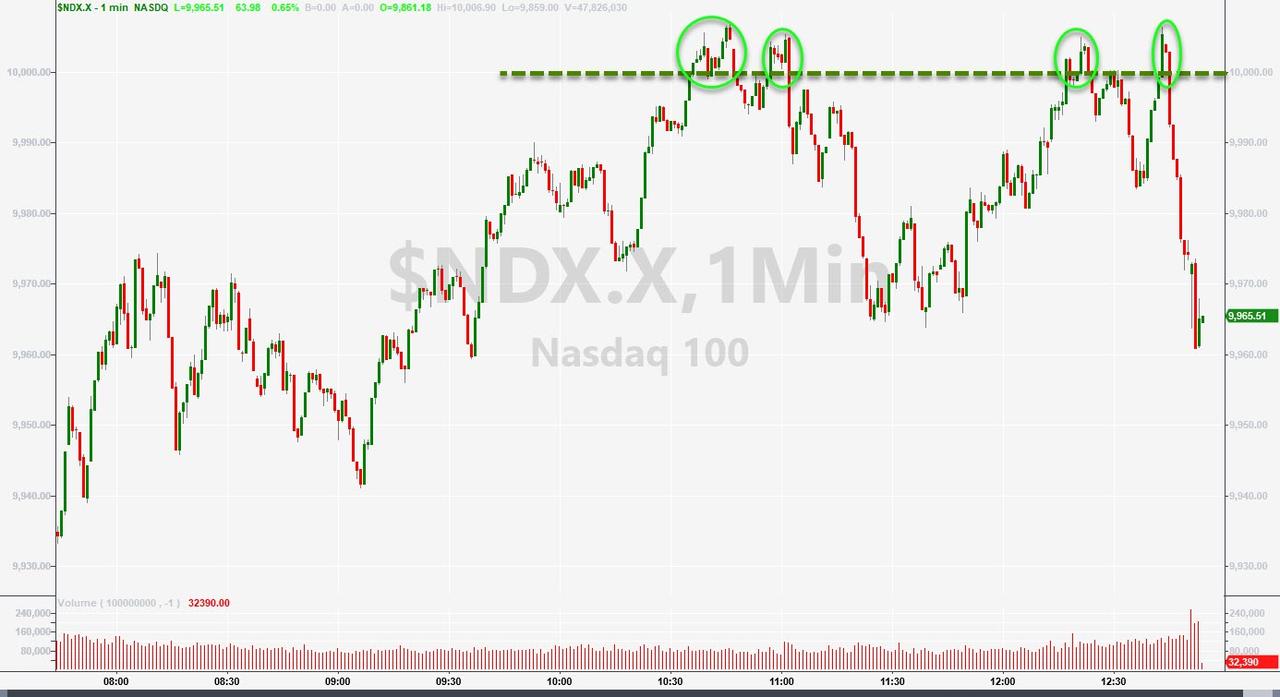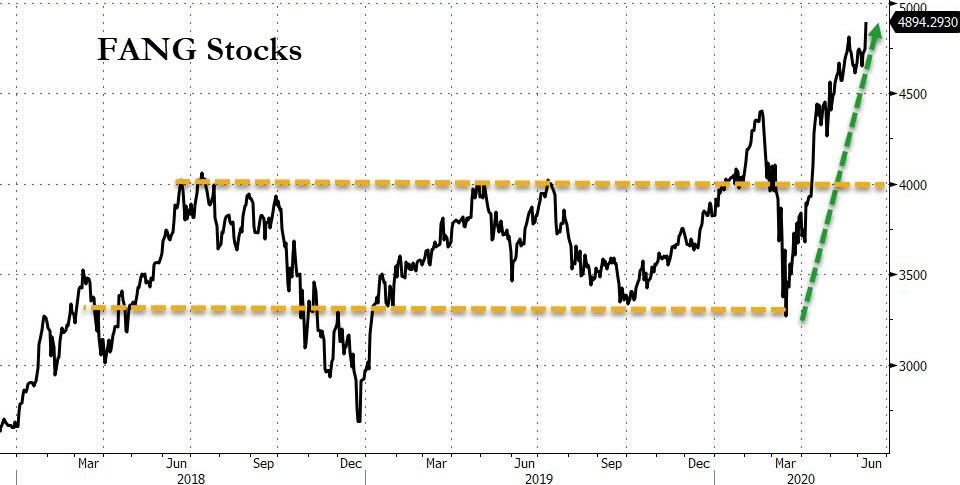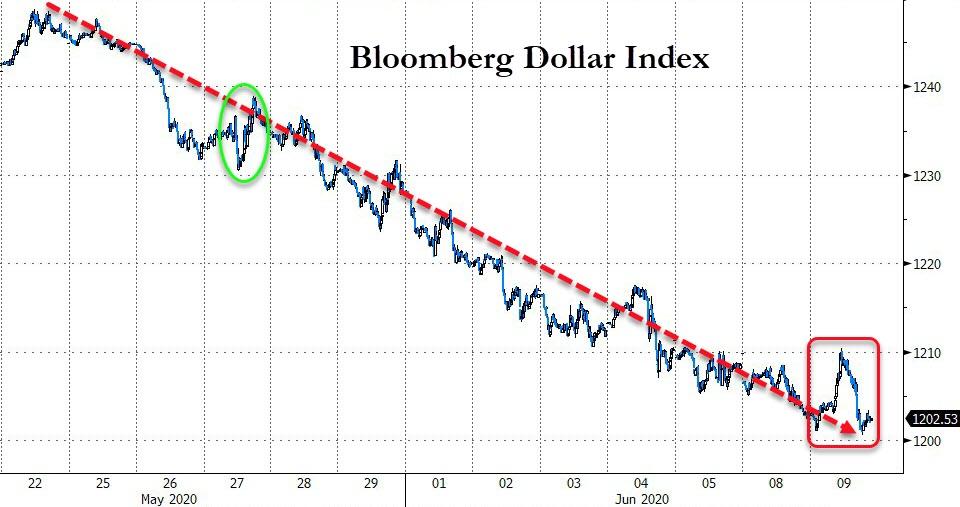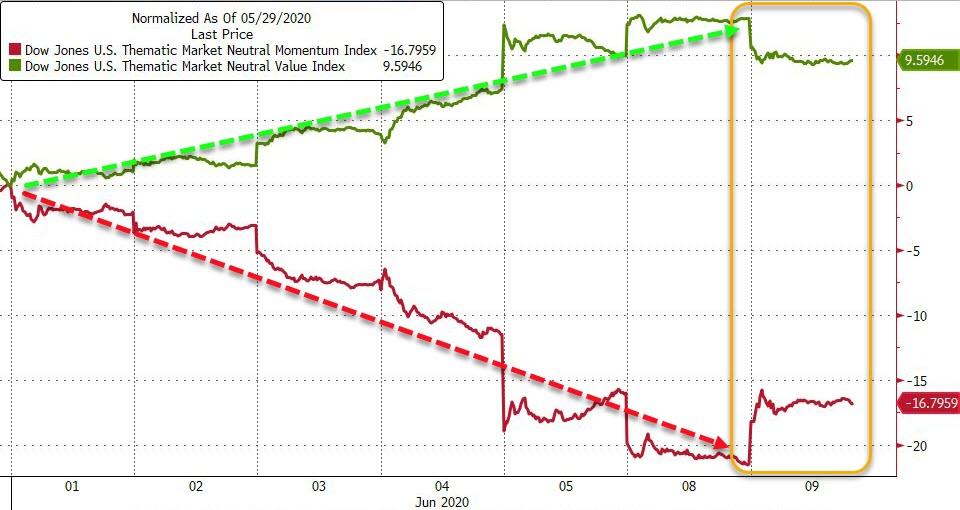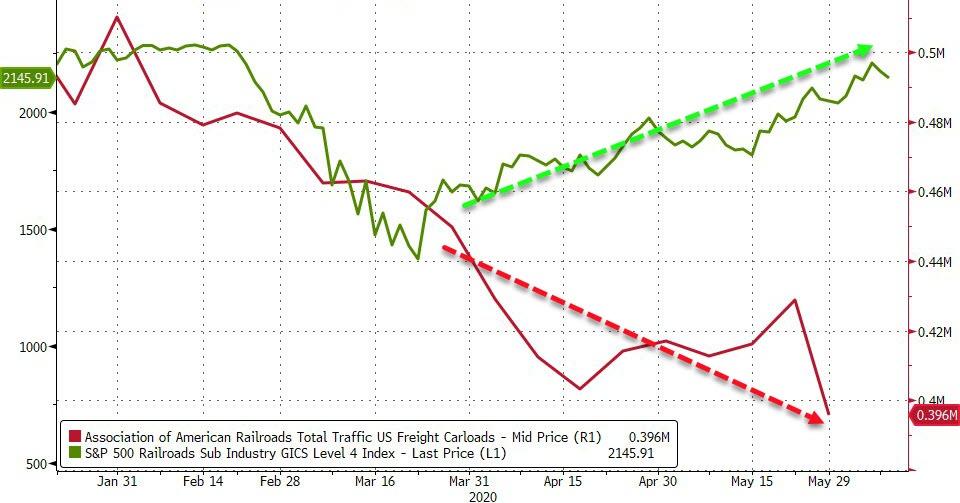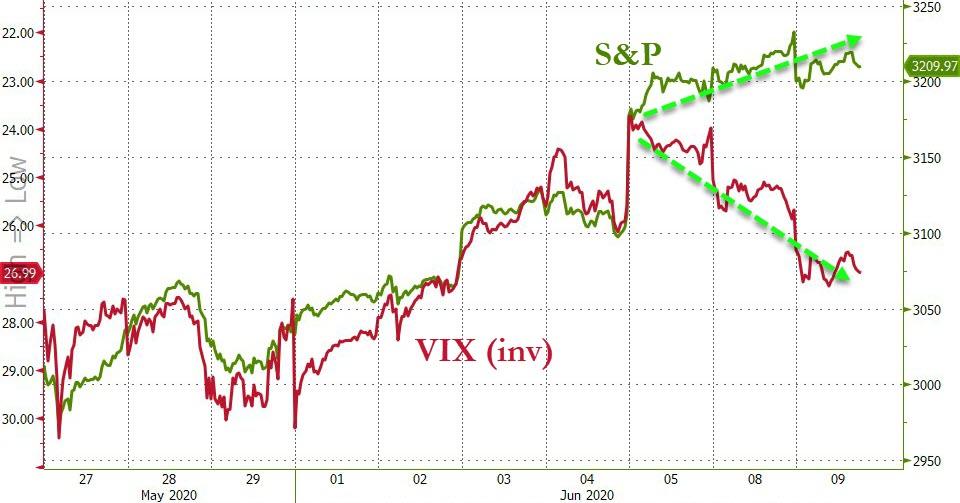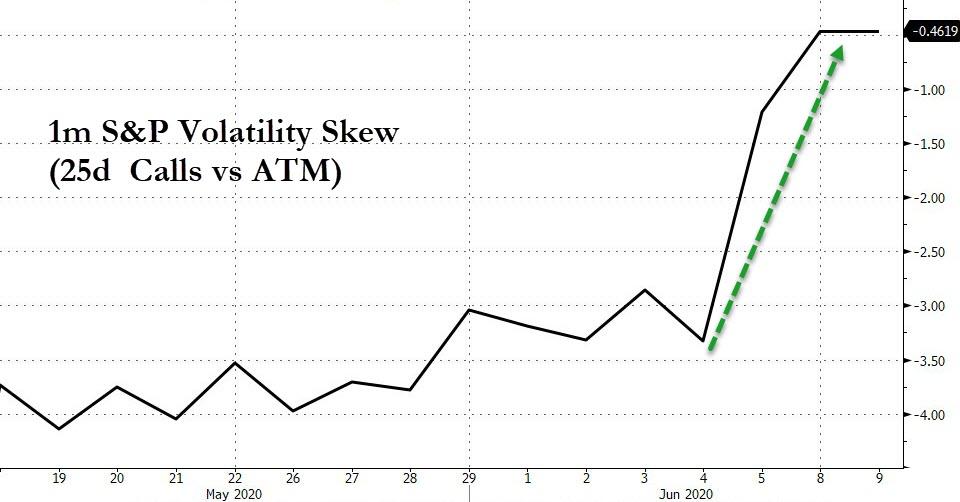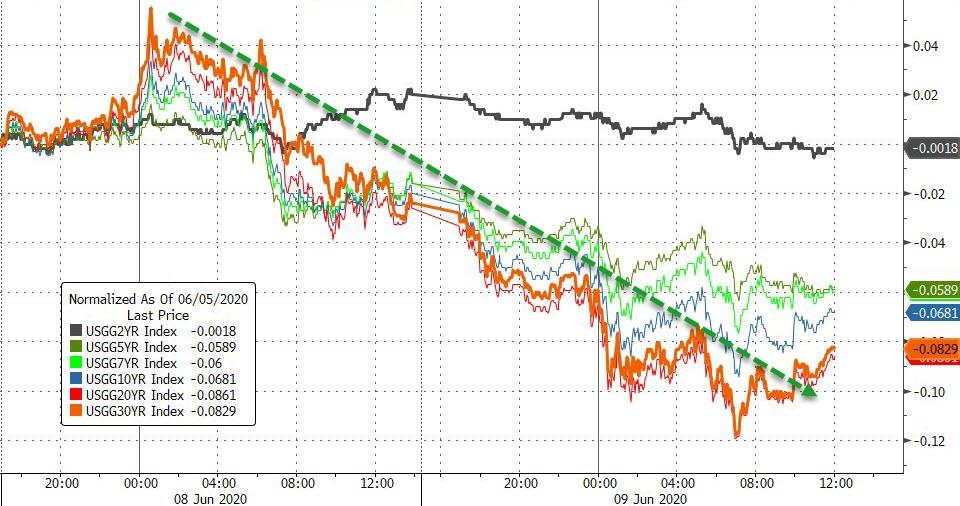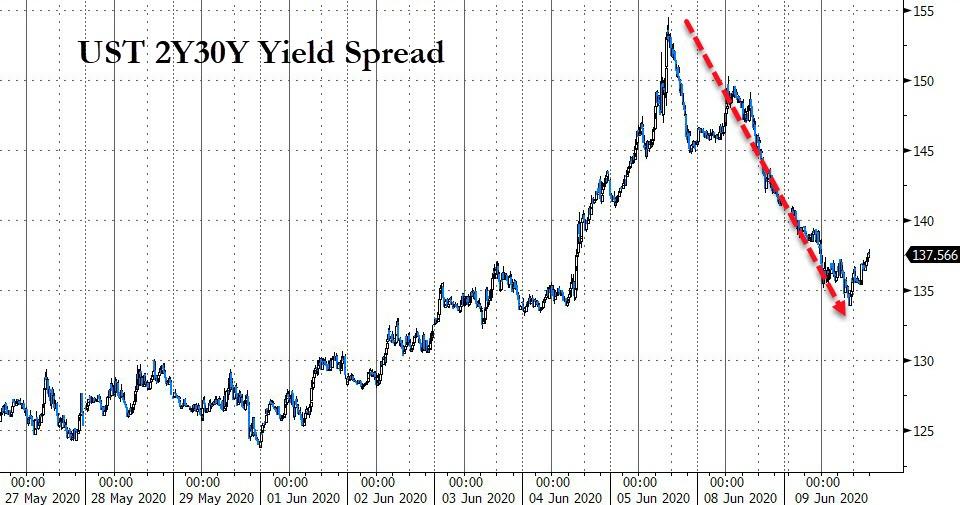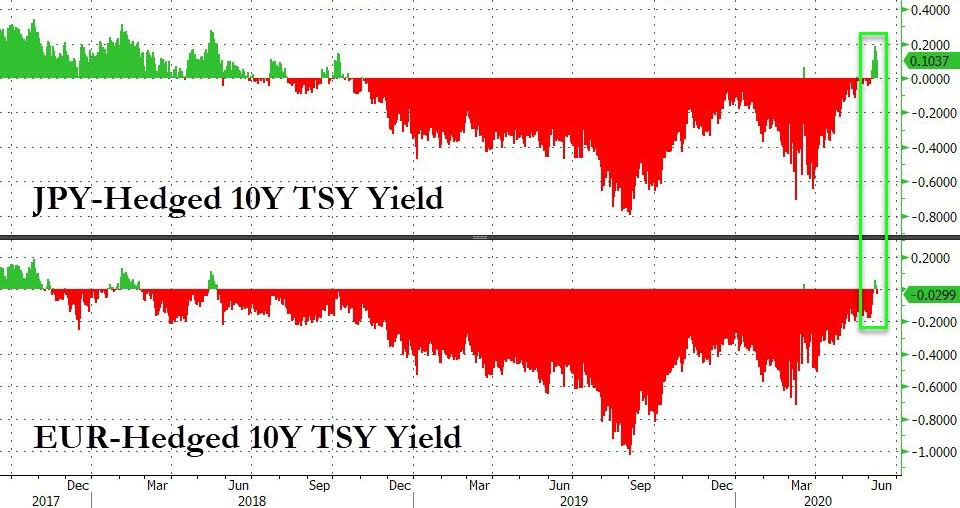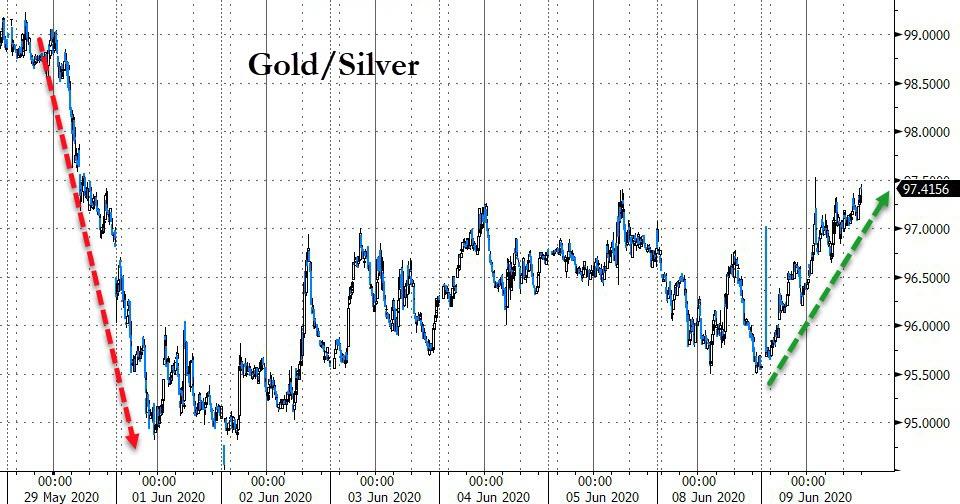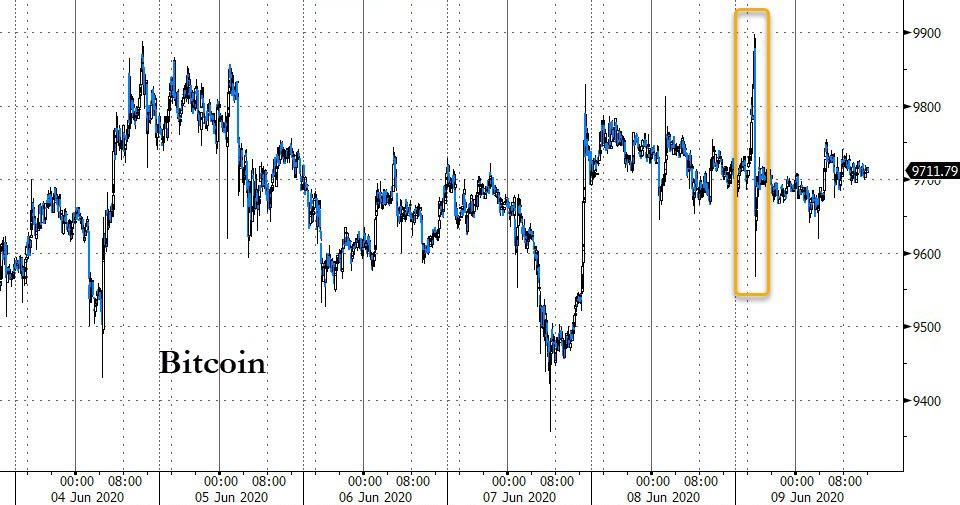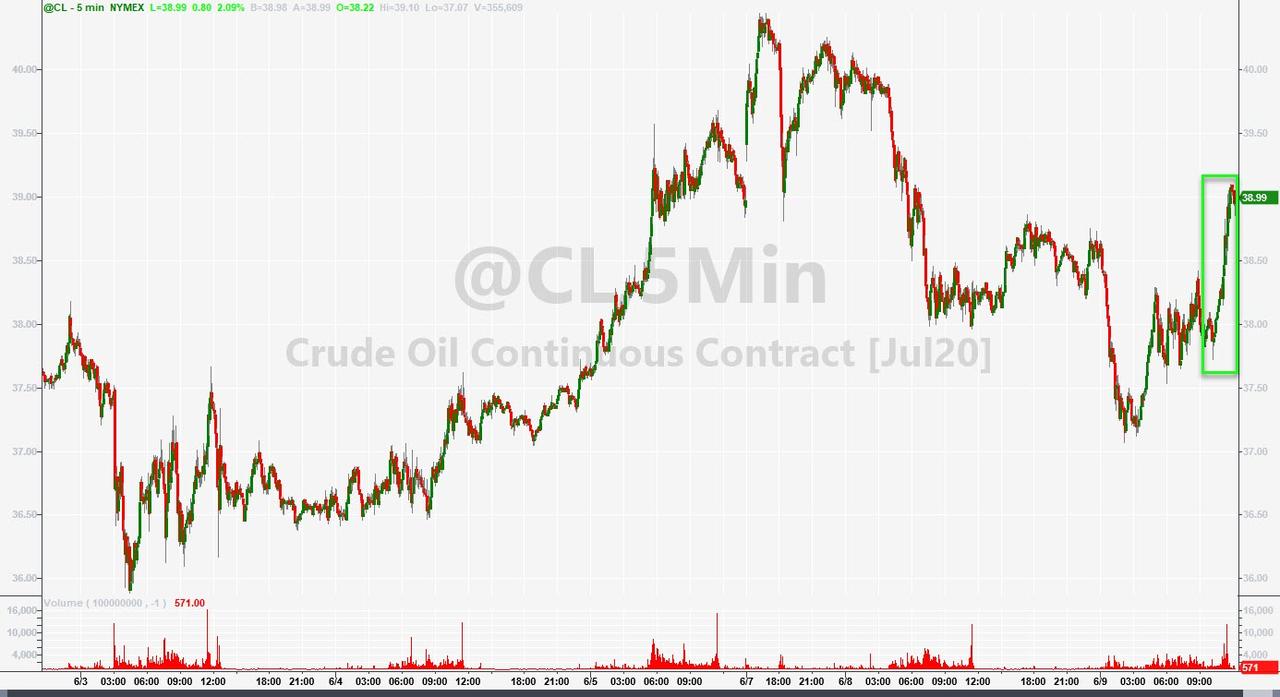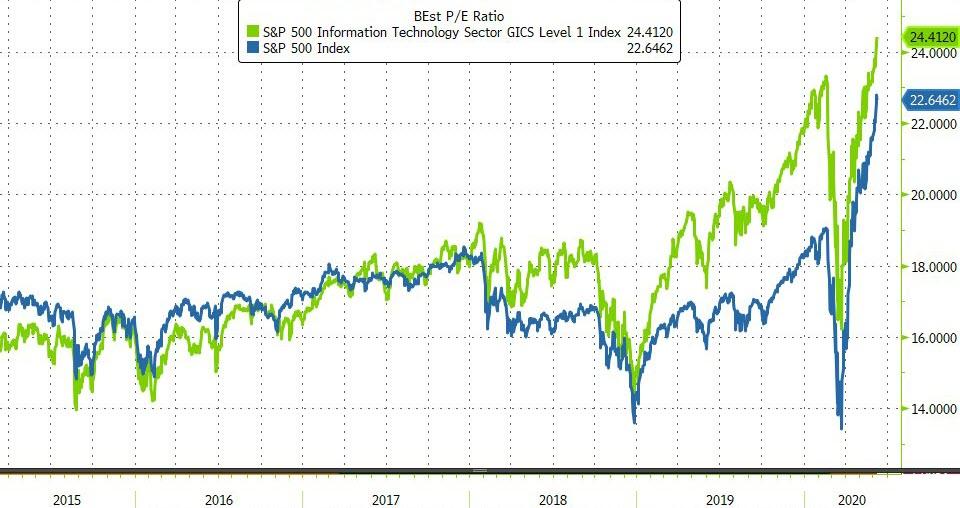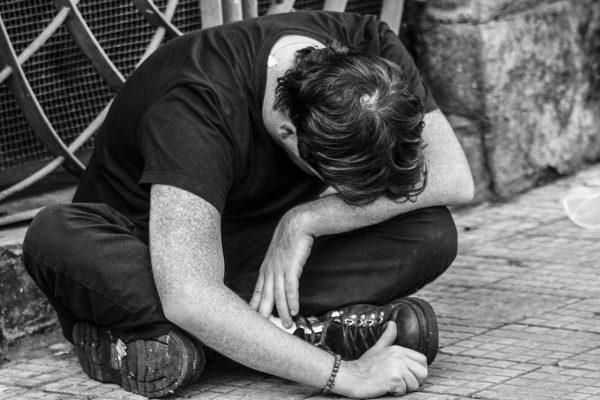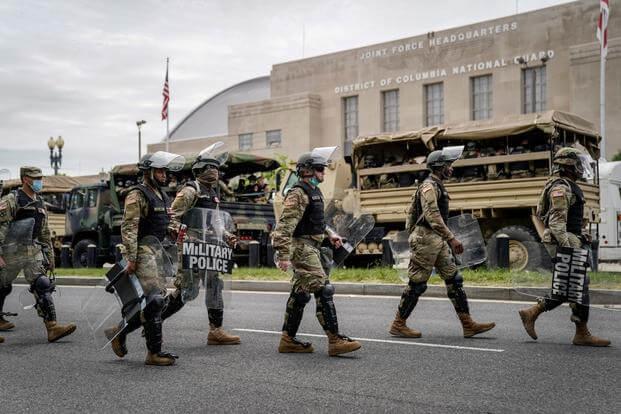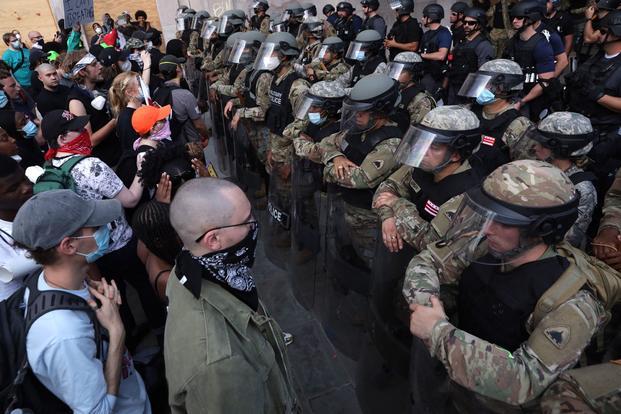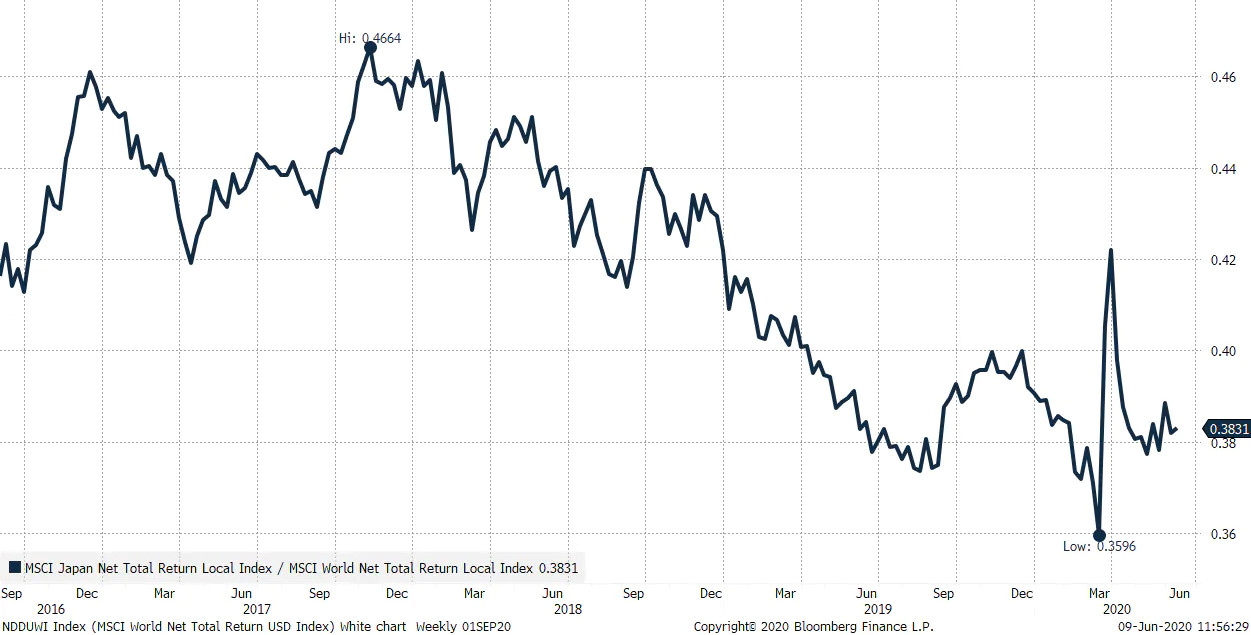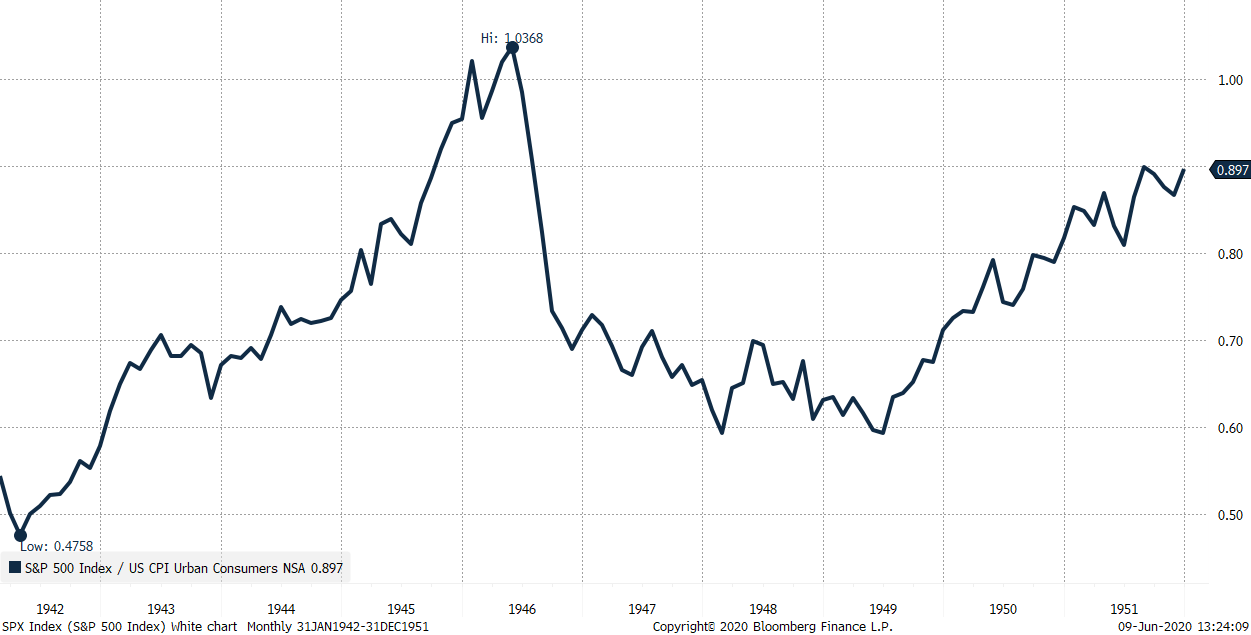“Flatten the curve” was the urgent exhortation of public health officials as the COVID-19 pandemic began to take off in the U.S. in March. The curve to be flattened was the exponential growth rate of COVID-19 cases so that our hospitals would not be overwhelmed by rapidly rising numbers of sick people as was then happening in northern Italy.
American officials sought to flatten the curve using non-pharmaceutical interventions (NPIs) including stay-at-home guidelines, closing schools, and shuttering crowded venues such as theaters, sports arenas, and restaurants. The qualified good news is that the daily tally of new confirmed cases has stabilized at around 20,000 for the past three weeks while COVID-19 deaths are averaging 750 per day. The bad news is that so far nearly 2 million Americans have been diagnosed with the illness and more than 111,000 have died of it.
Now two new studies published in the journal Nature are suggesting that without the implementation of non-pharmaceutical interventions many millions more people would have fallen ill and died of the disease. A group of econometricians have put together the more interesting of the two studies. That first study seeks to “empirically evaluate the effect that these anti-contagion policies have had on the growth rate of infections.” The researchers look at the growth rate of infections before and after more than 1,700 different NPIs were implemented in states, provinces, and cities of six countries including the United States. In their analysis, each locality prior to the imposition of specific lockdown policies serves as the “control” and the days after policy implementation become the “treatment.” They are trying to determine what effect (if any) the policy “treatments” had on the rate of increase in infections in each locality.
“Many of these costs are plainly seen; for example, business restrictions increase unemployment and school closures impact educational outcomes,” the researchers acknowledge. “It is therefore not surprising that some populations have hesitated before implementing such dramatic policies, especially when their costs are visible while their health benefits—infections and deaths that would have occurred but instead were avoided or delayed—are unseen.”
In his brilliant essay, “That Which Is Seen, and That Which Is Not Seen,” French economist Frédéric Bastiat explains the vital importance of discerning the unseen consequences of public policies. Bastiat argues:
Between a good and a bad economist this constitutes the whole difference—the one takes account of the visible effect; the other takes account both of the effects which are seen, and also of those which it is necessary to foresee. Now this difference is enormous, for it almost always happens that when the immediate consequence is favourable, the ultimate consequences are fatal, and the converse. Hence it follows that the bad economist pursues a small present good, which will be followed by a great evil to come, while the true economist pursues a great good to come,—at the risk of a small present evil.
So question is, was the COVID-19 lockdown a small present good or a small present evil with respect to the currently unseen great health and economic consequences of the pandemic?
The econometricians estimate that early on the number of COVID-19 infections were growing exponentially by roughly 38 percent per day—that is, infections were doubling about every two days. This estimate is in line with Centers for Disease Control and Prevention (CDC) and Princeton University calculations reported back in March.
Once the researchers have spun through their calculations, they estimate across the six countries they evaluate that the anti-contagion interventions globally “prevented or delayed on the order of 62 million confirmed cases, corresponding to averting roughly 530 million total infections” between March 3 and April 6. Their estimate for the United States is that social distancing policies and shelter-in-place guidelines prevented 4.8 million more confirmed cases and 60 million total infections by the beginning of April.
On April 6, there were nearly 340,000 confirmed cases and an estimated 5.8 million Americans infected by COVID-19. The researchers do not estimate the effects of the intervention policies on hospitalization or death rates, but a rough proportional scale up would suggest that there could have been 575,000 patients hospitalized in the U.S. along with 133,000 COVID-19 deaths by early April.
The researchers do offer a big caveat: If people change their behavior in response to new information unrelated to government anti-contagion policies, this could reduce infection growth rates as well, thus causing the researchers to overstate the effectiveness of anti-contagion policies. Of course, the infection rate would slow if individuals were socially distancing in response to either new information or lockdown policies.
How many lives did implementing pandemic lockdowns in 11 European countries save is the question that a team of researchers associated with the Imperial College in London sought to answer in a second study published in Nature. The period they examine stretches from the onset of the pandemic on that continent through May 4 when the lockdowns began to lift. The researchers vary the parameters of their epidemiological model to construct what they call “simplistic counterfactuals” to probe how the unseen future might have turned out had European governments not imposed lockdowns.
The European researchers estimate that the basic reproduction number of the coronavirus at the beginning of the pandemic was about 3.8, that is, each infected person would eventually transmit it to an average 3.8 other people. They calculate that lockdown policies cut the virus’ reproduction rate down to 0.66, a reduction of 82 percent from the initial 3.8 reproduction number. If the reproduction number had not been so steeply reduced by lockdown policies, they calculate in their simplistic counterfactual, the actual toll of 130,000 deaths by May 4 might instead have been 3.1 million people in the 11 countries evaluated.
The researchers estimate by May 4 that between 12 and 15 million people in the 11 countries had been infected, representing between 3.2 and 4.0 percent of their combined populations. If this is approximately correct that would suggest that the COVID-19 infection fatality rate is between 0.87 and 1.08 percent.
In addition, a viral basic reproduction number of 3.8 unconstrained by lockdowns implies a herd immunity threshold of around 70 percent. Herd immunity is the resistance to the spread of a contagious disease that results if a sufficiently high proportion of a population is immune to the illness. Some people are still susceptible, but they are surrounded by immune individuals, who serve as a barrier preventing the microbes from reaching them. You can achieve this through either mass infection or mass vaccination. “Our estimates imply that the populations in Europe are not close to herd immunity of around 70 percent,” note the researchers.
“In all countries in this study we find that these interventions have reduced the reproduction number below one and have contained their epidemics at the current time,” observe the researchers. “We cannot say for certain that the current measures will continue to control the epidemic in Europe; however, if current trends continue, there is reason for optimism.”
Have these two research teams revealed the unseen great good of pandemic catastrophes averted by lockdowns or have they concocted contagion mirages to justify the present great evil of economic devastation? Time will tell.
from Latest – Reason.com https://ift.tt/3f95WSa
via IFTTT
